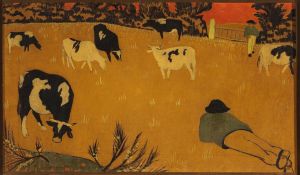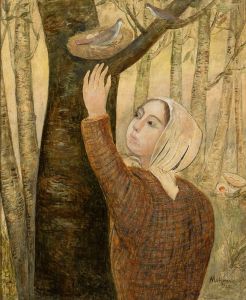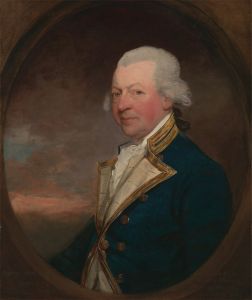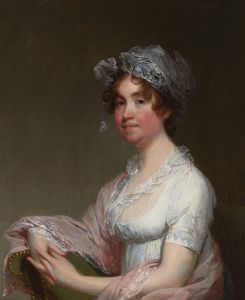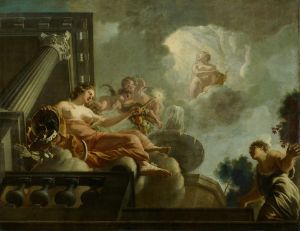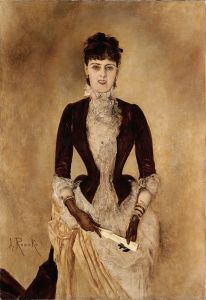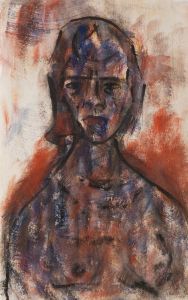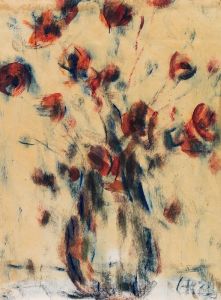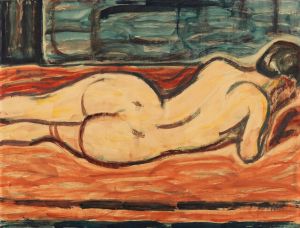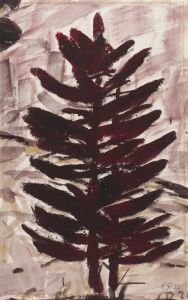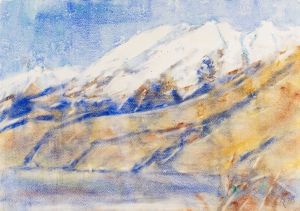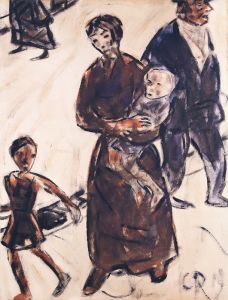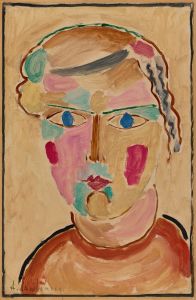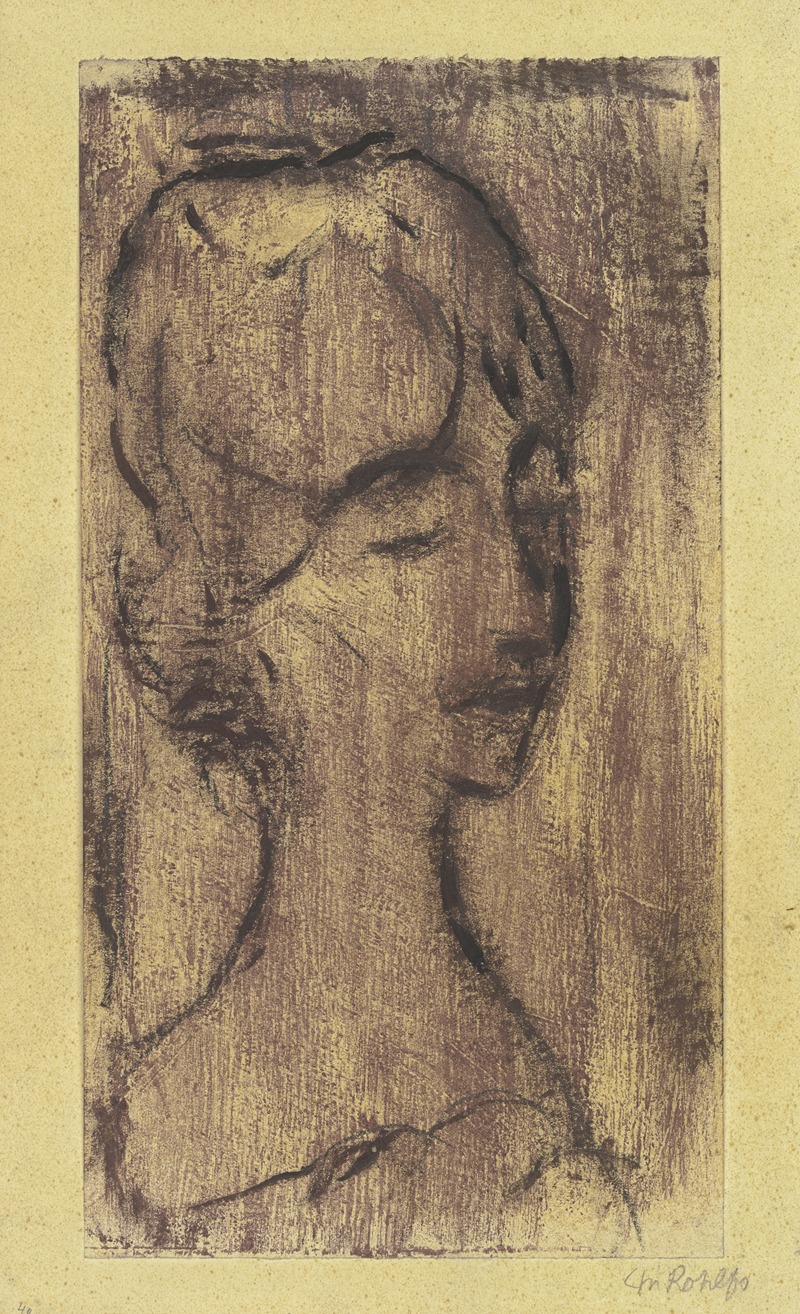
Woman’s head
A hand-painted replica of Christian Rohlfs’s masterpiece Woman’s head, meticulously crafted by professional artists to capture the true essence of the original. Each piece is created with museum-quality canvas and rare mineral pigments, carefully painted by experienced artists with delicate brushstrokes and rich, layered colors to perfectly recreate the texture of the original artwork. Unlike machine-printed reproductions, this hand-painted version brings the painting to life, infused with the artist’s emotions and skill in every stroke. Whether for personal collection or home decoration, it instantly elevates the artistic atmosphere of any space.
Christian Rohlfs (1849-1938) was a prominent German painter and printmaker, associated with the Expressionist movement. His work is characterized by its emotional intensity and innovative use of color and form. One of his notable works is "Woman’s Head," which exemplifies his distinctive style and artistic evolution.
"Woman’s Head" is a painting that reflects Rohlfs' deep engagement with the human form and his ability to convey psychological depth through his art. The exact date of the painting is not specified, but it is believed to have been created during the later period of his career, when he had fully embraced Expressionism.
Rohlfs was born in Gross Niendorf, Germany, and began his formal art education at the Grand Ducal Saxon Art School in Weimar. Initially, his work was influenced by the academic traditions of the 19th century, but over time, he became increasingly drawn to the avant-garde movements that were emerging in Europe. By the early 20th century, Rohlfs had developed a unique style that combined elements of Impressionism, Post-Impressionism, and Expressionism.
"Woman’s Head" is a testament to Rohlfs' mature style. The painting features a close-up view of a woman's face, rendered with bold brushstrokes and a vibrant color palette. The use of color in the painting is particularly striking; Rohlfs employs a range of hues to create a sense of depth and emotion. The woman's features are not depicted with photographic realism; instead, they are abstracted and exaggerated, which is characteristic of Expressionist art. This abstraction allows Rohlfs to focus on the emotional and psychological aspects of the subject, rather than on a literal representation.
The background of the painting is relatively simple, which helps to draw attention to the woman's face. The interplay of light and shadow on her features adds to the dramatic effect of the painting. Rohlfs' technique involves layering colors and using dynamic brushstrokes to create texture and movement within the composition.
Throughout his career, Rohlfs was influenced by various artistic movements and figures. He was associated with the Berlin Secession and later with the Brücke group, although he never formally joined either. His work was also influenced by his interactions with other artists, such as Emil Nolde and Ernst Ludwig Kirchner, who were key figures in the Expressionist movement.
Christian Rohlfs' contribution to modern art is significant, and "Woman’s Head" is an excellent example of his ability to merge form and emotion. His work continues to be studied and appreciated for its innovative approach and its impact on the development of Expressionism in Germany. Rohlfs' paintings are held in various museums and private collections around the world, ensuring that his artistic legacy endures.
"Woman’s Head" remains a powerful piece that captures the essence of Rohlfs' artistic vision, demonstrating his skill in using color and form to explore the depths of human emotion.





